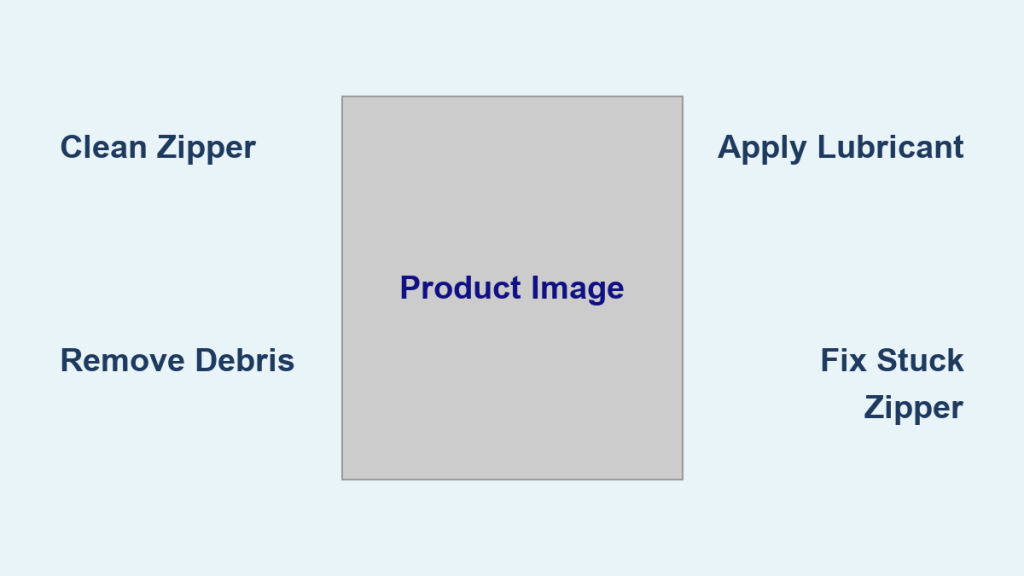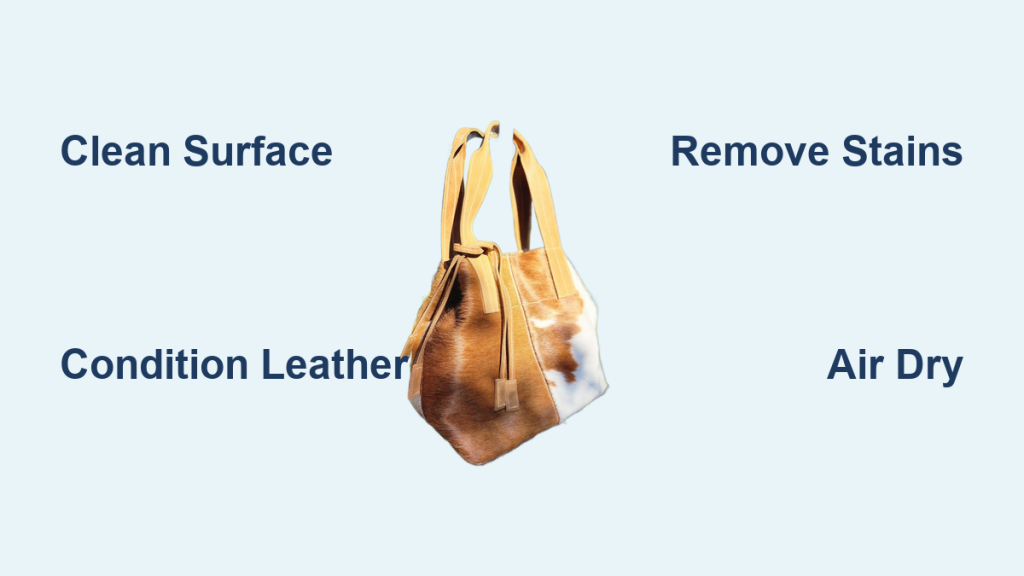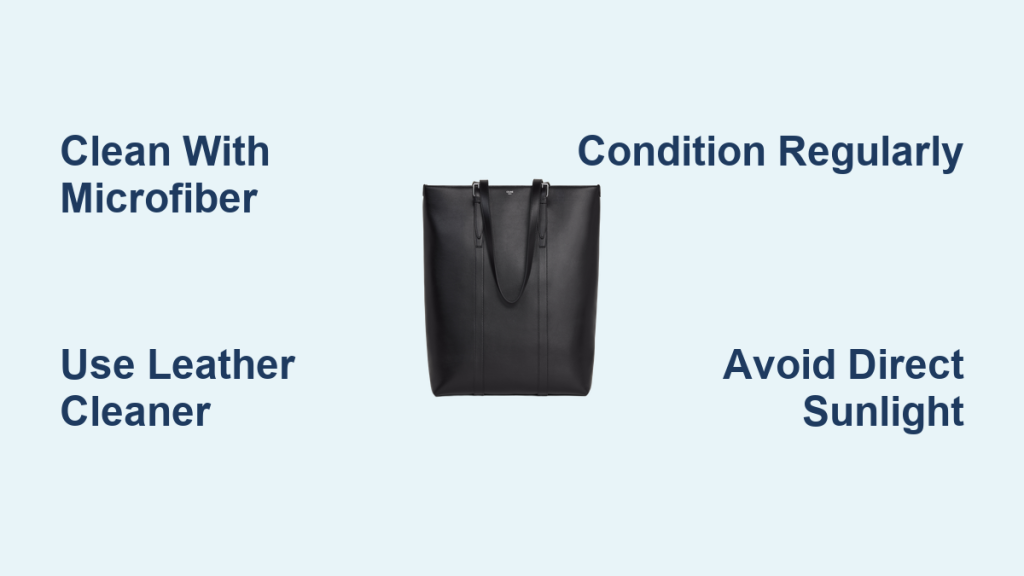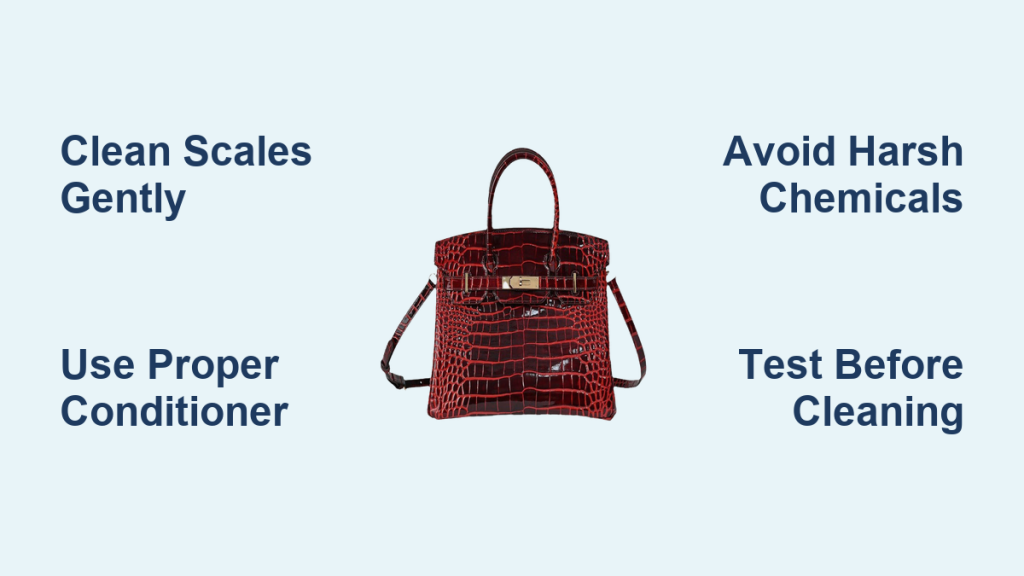Is a stuck or dirty zipper ruining your favorite bag? It’s incredibly frustrating when a zipper refuses to cooperate, especially on a bag you rely on. A quick fix often involves cleaning away debris, but sometimes a more thorough approach is needed. This guide will show you how to clean your bag’s zipper, restoring it to smooth operation.
This comprehensive guide goes beyond a simple wipe-down. We’ll cover identifying the cause of the zipper issue, several cleaning methods – from quick fixes to deep cleaning – and preventative measures to keep your zippers functioning flawlessly. By the end of this article, you’ll have the knowledge to confidently tackle any zipper problem and keep your bags in top condition.
Common Causes of a Dirty or Stuck Zipper
Before diving into cleaning, understanding why your zipper is stuck or dirty helps you choose the right solution.
- Debris Buildup: Lint, dust, dirt, and fabric fibers accumulate within the zipper teeth, causing friction and preventing smooth movement.
- Lubrication Loss: Zippers rely on a slight lubrication to glide easily. Over time, this lubrication can dry out or wear away.
- Bent or Damaged Teeth: Physical damage to the zipper teeth can create obstructions. This is less common but requires different solutions.
- Corrosion: Metal zippers, especially those exposed to moisture, can corrode, leading to stiffness and difficulty moving.
How to Clean a Zipper: Multiple Methods
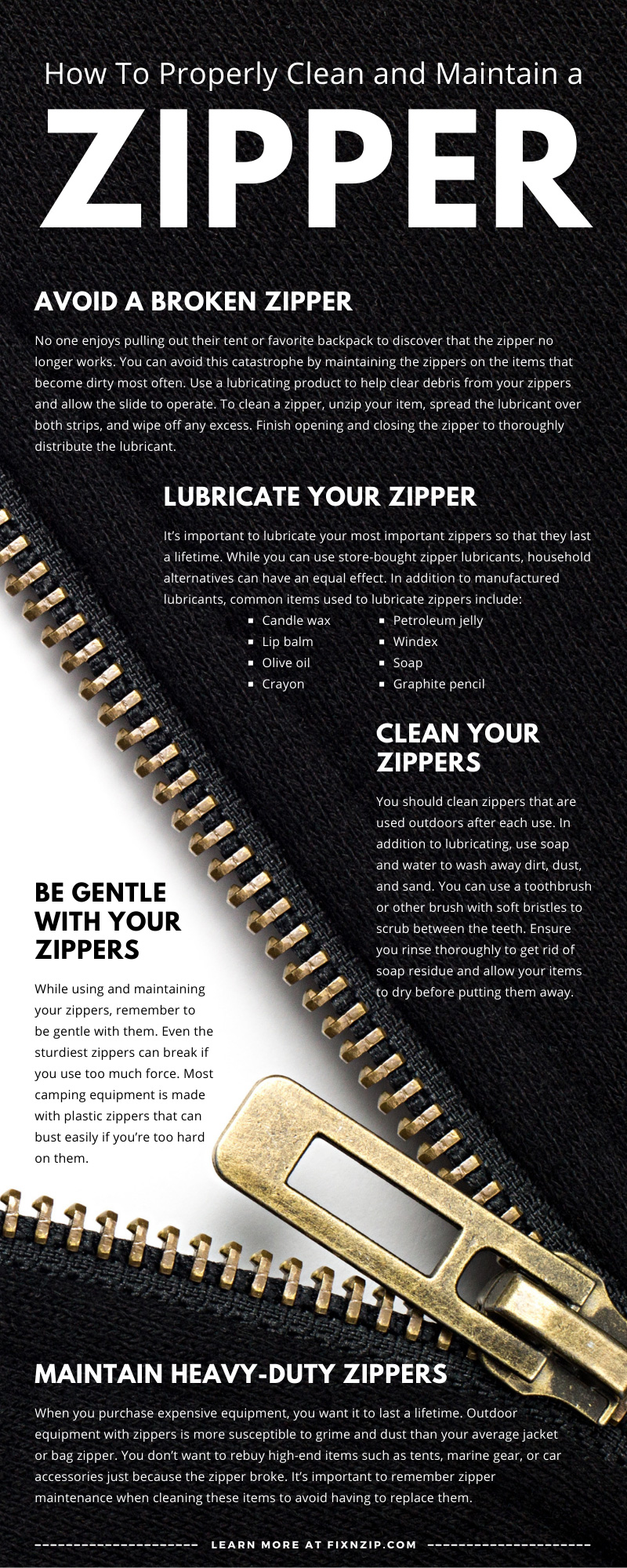
Here are several methods to clean your bag’s zipper, starting with the simplest and progressing to more involved techniques.
Method 1: Quick Clean with a Brush
This is ideal for regular maintenance and minor debris buildup.
Diagnosing the Issue
Check for visible debris, lint, or dirt lodged between the zipper teeth.
Fix Steps
- Gather Materials: A soft-bristled brush (toothbrush, nail brush, or dedicated zipper brush), and a clean cloth.
- Brush the Zipper: Gently brush along the zipper teeth, both open and closed, to remove loose debris.
- Wipe Clean: Use a clean, dry cloth to wipe away any remaining particles.
Testing
Try zipping and unzipping the zipper several times. If it still sticks, move on to a more thorough cleaning method.
Method 2: Soap and Water Cleaning
This method is effective for removing more stubborn dirt and grime.
Diagnosing the Issue
If brushing doesn’t remove the obstruction, or if the zipper feels sticky, soap and water can help.
Fix Steps
- Prepare Solution: Mix a small amount of mild liquid soap (dish soap or laundry detergent) with lukewarm water.
- Apply Solution: Dip a soft cloth or toothbrush into the soapy water and gently scrub along the zipper teeth. Avoid saturating the fabric around the zipper.
- Rinse (Carefully): Use a clean, damp cloth to rinse away the soap residue. Avoid getting the bag’s fabric excessively wet.
- Dry Thoroughly: Use a clean, dry cloth to wipe the zipper and surrounding area completely dry.
Testing
Zip and unzip the zipper to ensure it moves smoothly.
Method 3: Lubricating the Zipper
This is best for zippers that move but feel stiff or require effort.
Diagnosing the Issue
If the zipper moves but feels rough or catches, lubrication is likely the solution.
Fix Steps
- Choose a Lubricant: Excellent options include:
- Zipper Lubricant: Specifically designed for zippers, available online or at fabric stores.
- Graphite Powder: A dry lubricant that won’t attract dirt.
- Wax (Beeswax, Candle Wax): Rub the wax along the zipper teeth. Use sparingly.
- Petroleum Jelly (Vaseline): Use with extreme caution – a tiny amount only! Can attract dirt.
- Apply Lubricant: Apply a small amount of your chosen lubricant directly to the zipper teeth.
- Work the Zipper: Zip and unzip the zipper several times to distribute the lubricant.
- Wipe Away Excess: If using wax or petroleum jelly, wipe away any excess with a clean cloth.
Testing
Test the zipper’s movement after each application. Repeat if necessary.
Method 4: Deep Cleaning with Alcohol (For Metal Zippers Only)

This is for severely corroded or dirty metal zippers and should be used cautiously. Do not use on plastic zippers.
Diagnosing the Issue
If a metal zipper is heavily corroded or extremely dirty, alcohol might be necessary.
Fix Steps
- Prepare: Use isopropyl alcohol (rubbing alcohol) and cotton swabs. Test in an inconspicuous area of the bag first to ensure it doesn’t damage the fabric.
- Apply Alcohol: Dip a cotton swab in alcohol and gently clean the zipper teeth, focusing on corroded areas.
- Dry Thoroughly: Wipe the zipper dry with a clean cloth.
- Lubricate: Immediately after drying, apply a zipper lubricant (as described in Method 3) to prevent further corrosion.
Testing
Zip and unzip the zipper carefully.
Prevention Tips and Maintenance Advice

- Regular Brushing: Brush your zippers regularly (weekly or bi-weekly) to prevent debris buildup.
- Avoid Overfilling Bags: Overfilling puts stress on the zipper, increasing the risk of damage.
- Store Bags Properly: Store bags in a dust bag or closet to protect zippers from dust and dirt.
- Lubricate Periodically: Even if your zippers are working well, lubricate them every few months to maintain smooth operation.
- Gentle Handling: Avoid forcing zippers; if they stick, try a cleaning method before applying excessive force.
Pro Tips
- Toothpick for Tight Spaces: Use a toothpick to gently dislodge stubborn debris from between zipper teeth.
- Pencil Graphite Trick: Run a pencil lead along the zipper teeth as a temporary lubricant in a pinch.
- Don’t Use Oil-Based Lubricants: Avoid using cooking oil or other oil-based lubricants, as they can attract dirt and create a sticky mess.
- Fabric Compatibility: Always test cleaning solutions on an inconspicuous area of the bag first.
- Slow and Steady: When cleaning, work slowly and gently to avoid damaging the zipper or bag fabric.
- Check for Missing Teeth: If teeth are missing, the zipper likely needs to be replaced.
Professional Help
- When to Seek Professional Help: If the zipper is severely damaged (missing teeth, broken slider), or if you’re uncomfortable attempting repairs yourself, it’s best to take the bag to a professional bag repair shop.
- Finding a Repair Shop: Search online for “bag repair near me” or “zipper repair service.”
- Cost: Zipper replacement can range from $20-$80 or more, depending on the bag’s material, zipper type, and repair shop’s rates.
FAQ
Q: Can I use WD-40 on a zipper?
A: While WD-40 can temporarily lubricate a zipper, it’s not recommended. It attracts dirt and can leave a greasy residue. Specialized zipper lubricants are a better choice.
Q: What if my zipper is missing teeth?
A: Unfortunately, missing teeth usually mean the zipper needs to be replaced. Attempting to repair a zipper with missing teeth is often unsuccessful.
Q: How do I fix a zipper slider that came off?
A: Sometimes you can carefully reattach the slider, but it can be tricky. If you’re not comfortable doing it yourself, a professional repair shop can handle it.
Q: Can I wash my bag with a stuck zipper?
A: No. Washing a bag with a stuck zipper can worsen the problem and potentially damage the bag. Fix the zipper before washing.
Get Your Bag Working Again
You’ve now learned several methods to clean and repair your bag’s zipper, from quick fixes to more involved techniques. Remember to start with the gentlest method and work your way up. Regular maintenance will prevent future issues and keep your bags looking and functioning their best.
Have you tried any of these methods? Share your experience in the comments below and let others know what worked for you!

